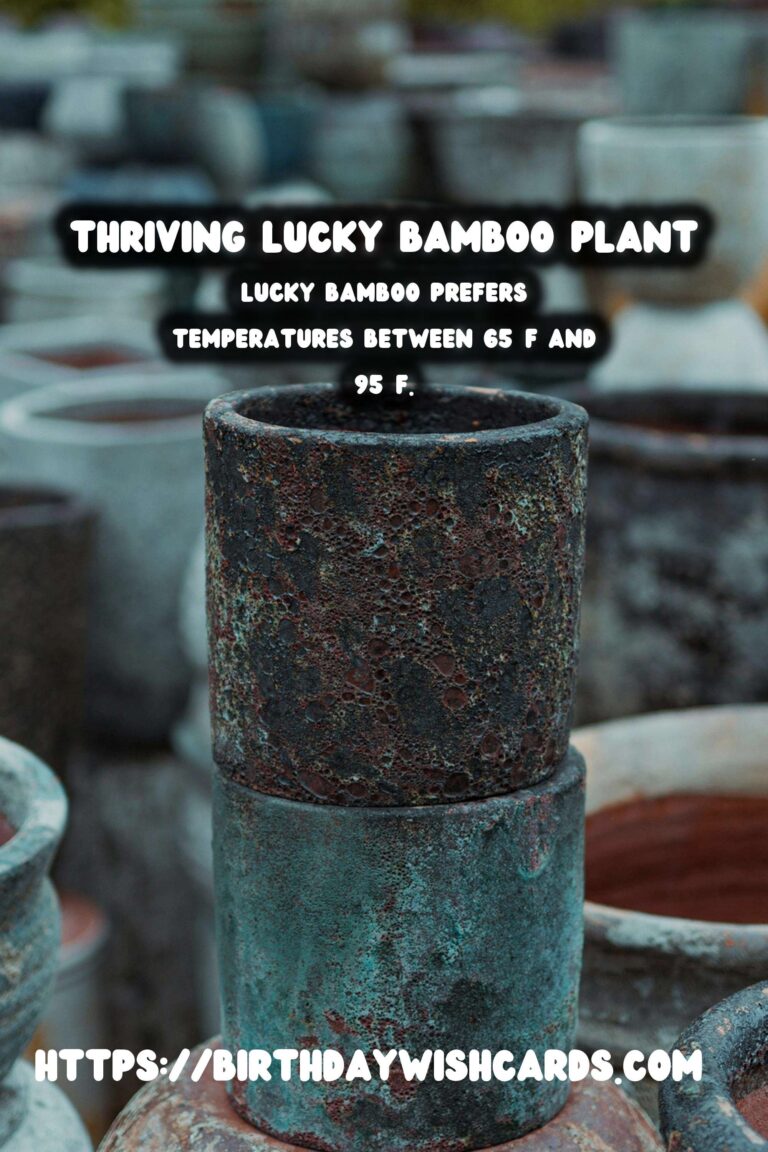
Lucky Bamboo is a popular houseplant known for its resilience and aesthetic appeal. Its ability to thrive in a variety of indoor environments makes it a favorite among plant enthusiasts and beginners alike. This guide will provide you with all the necessary tips and tricks to ensure your Lucky Bamboo remains healthy and vibrant.
Understanding Lucky Bamboo
Before diving into the care tips, it’s essential to understand what Lucky Bamboo is. Despite its name, Lucky Bamboo is not actually a bamboo. Its scientific name is Dracaena sanderiana, and it belongs to the Asparagaceae family. Native to Africa, this plant is often associated with Feng Shui and is believed to bring good luck and fortune.
Choosing the Right Container
Lucky Bamboo can grow in both water and soil. When choosing a container for water growth, ensure that it is clear so you can monitor the water level and root health. For soil growth, select a pot with good drainage to prevent waterlogging. The container should be proportionate to the size of the plant to provide adequate support.
Light Requirements
Lucky Bamboo thrives in bright, indirect light. Direct sunlight can scorch its leaves, while too little light can cause the plant to become leggy and weak. Place your plant near a window where it can receive filtered sunlight for optimal growth.
Watering Tips
If your Lucky Bamboo is growing in water, ensure that the water level is always above the roots. Change the water every two to four weeks to prevent stagnation and the growth of algae. Use distilled or filtered water to avoid the accumulation of harmful chemicals. For soil-grown plants, water when the top inch of the soil feels dry, but avoid overwatering.
Temperature and Humidity
Lucky Bamboo prefers temperatures between 65°F and 95°F (18°C to 35°C). It thrives in humid environments, so consider misting the leaves regularly or placing a humidifier nearby, especially in dry climates or during winter months.
Fertilizing Your Lucky Bamboo
While Lucky Bamboo does not require frequent fertilization, you can promote healthy growth by using a liquid houseplant fertilizer diluted to one-tenth of its strength. Apply this once every two to three months during the growing season, which is typically spring and summer.
Pruning and Maintenance
Pruning helps maintain the shape and encourages new growth. Trim any yellow or brown leaves, and cut back stems that have overgrown. Use clean, sharp scissors to prevent damage to the plant. Regular maintenance will keep your Lucky Bamboo looking its best.
Common Problems and Solutions
Yellowing leaves often indicate overexposure to sunlight or over-fertilization. Brown tips may be a sign of dry air or fluoride in the water. Address these issues by adjusting light exposure, watering practices, and ensuring proper humidity levels.
Root rot can occur if the plant is overwatered or if the water is not changed regularly. Prevent this by maintaining a clean water environment or ensuring proper soil drainage.
Repotting Your Lucky Bamboo
Repotting is necessary when the plant outgrows its current container. For water-grown bamboo, simply transfer it to a larger vessel with fresh water. For soil-grown bamboo, gently remove the plant and replant it in a slightly larger pot with fresh potting mix.
Conclusion
Lucky Bamboo is an excellent choice for those seeking an easy-to-care-for indoor plant that adds a touch of elegance to any space. By following these simple care guidelines, your Lucky Bamboo can thrive and bring beauty and positive energy to your home.
Lucky Bamboo is a popular houseplant known for its resilience and aesthetic appeal. Lucky Bamboo thrives in bright, indirect light. Ensure that the water level is always above the roots when growing Lucky Bamboo in water. Lucky Bamboo prefers temperatures between 65°F and 95°F. Pruning helps maintain the shape and encourages new growth in Lucky Bamboo. 

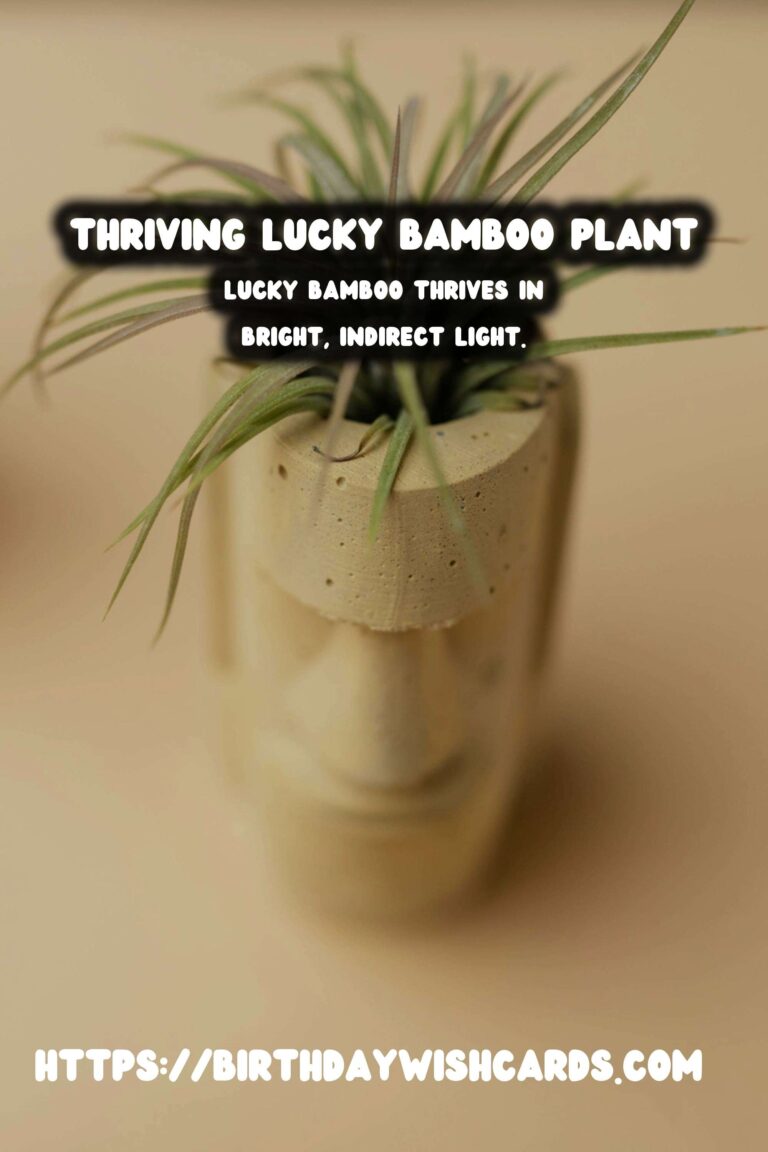
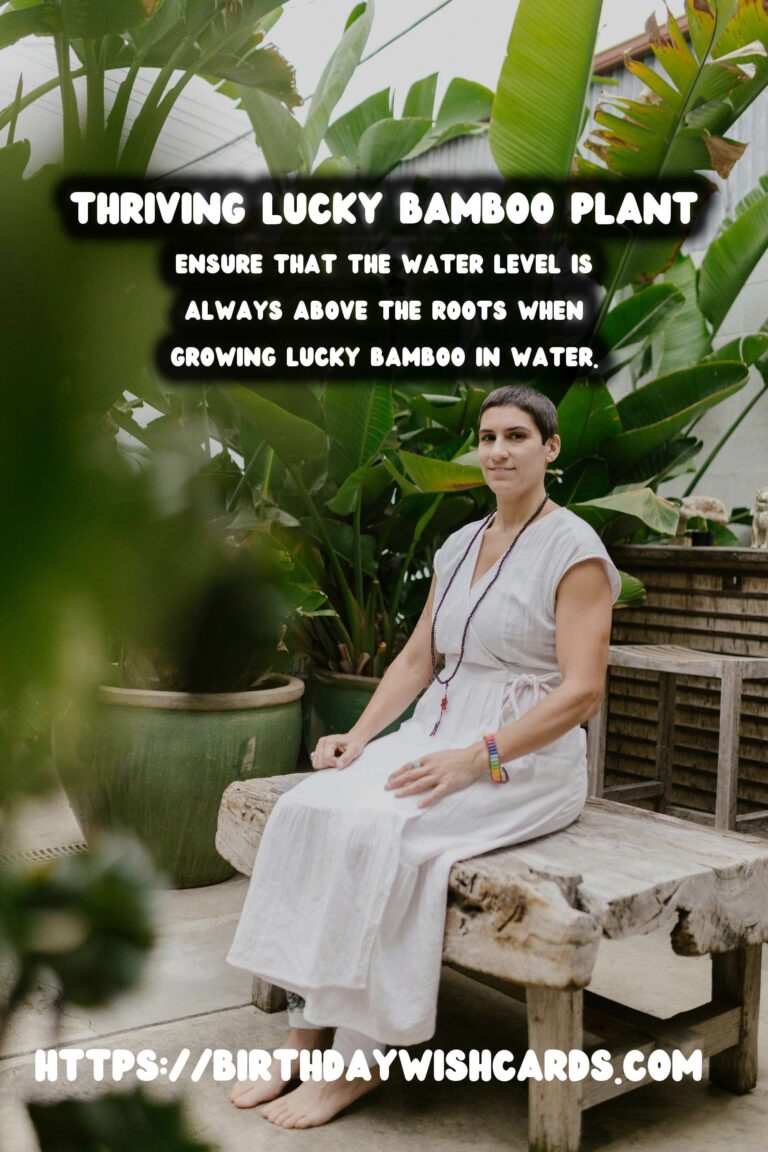
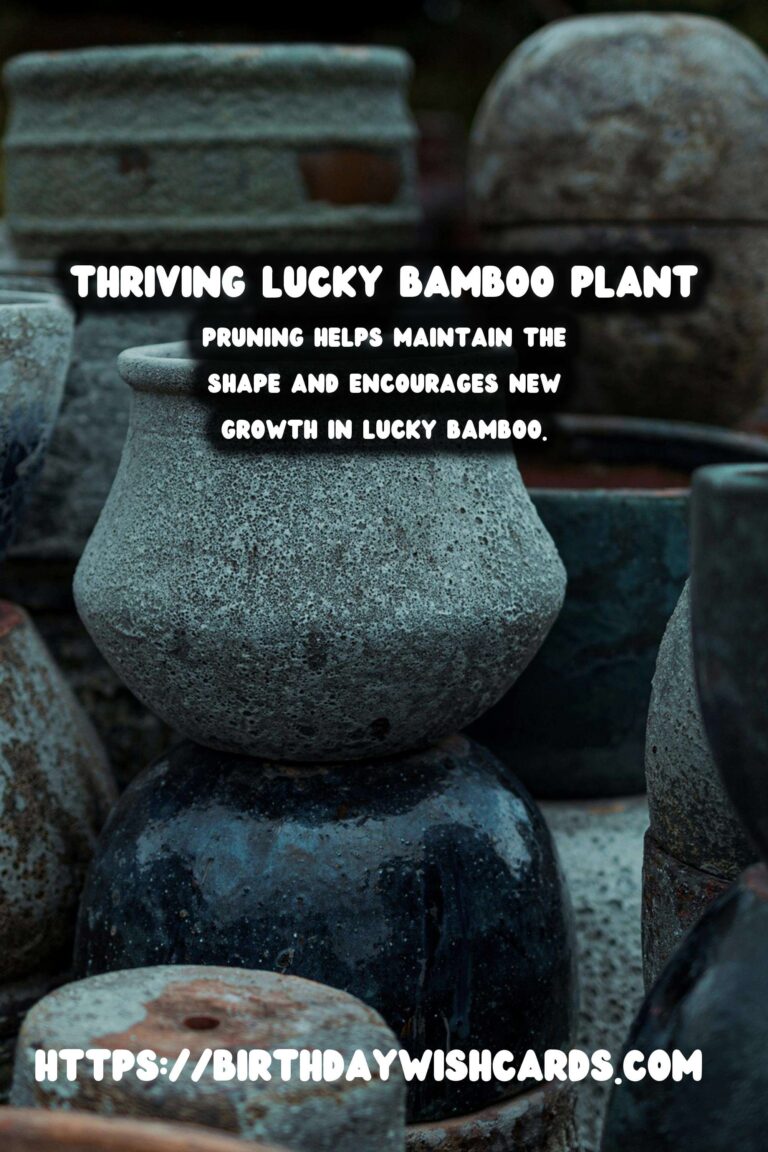

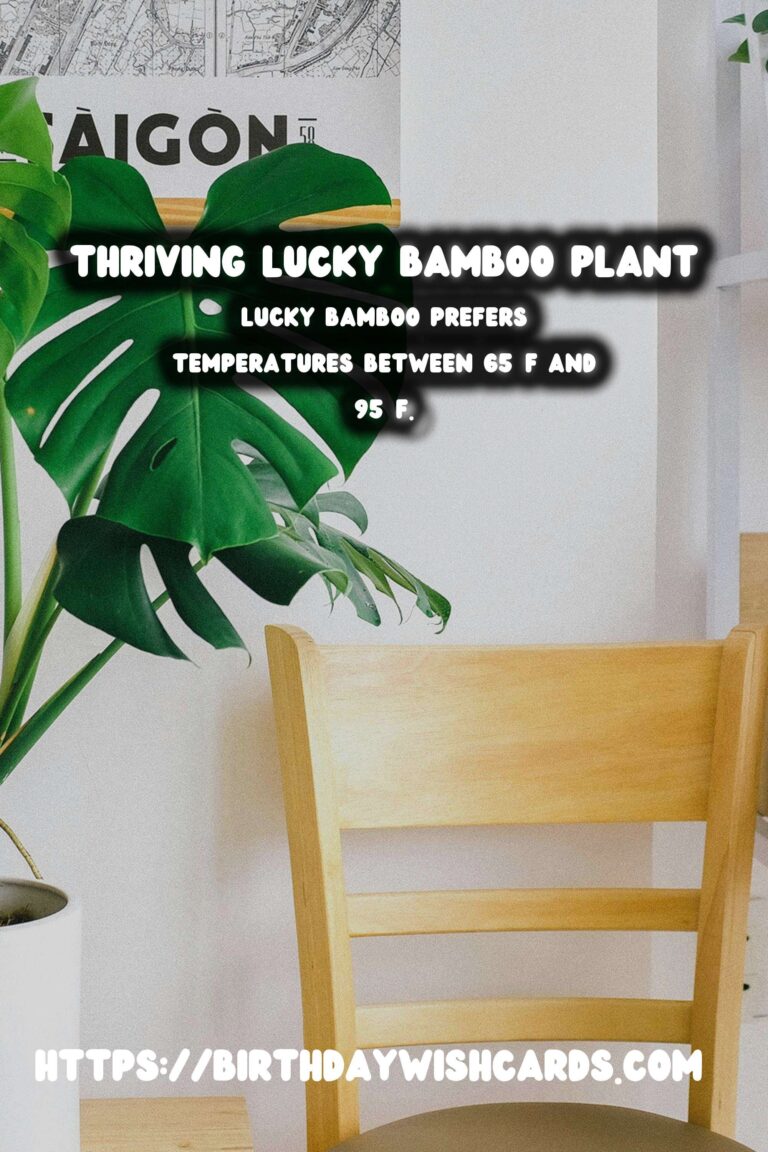
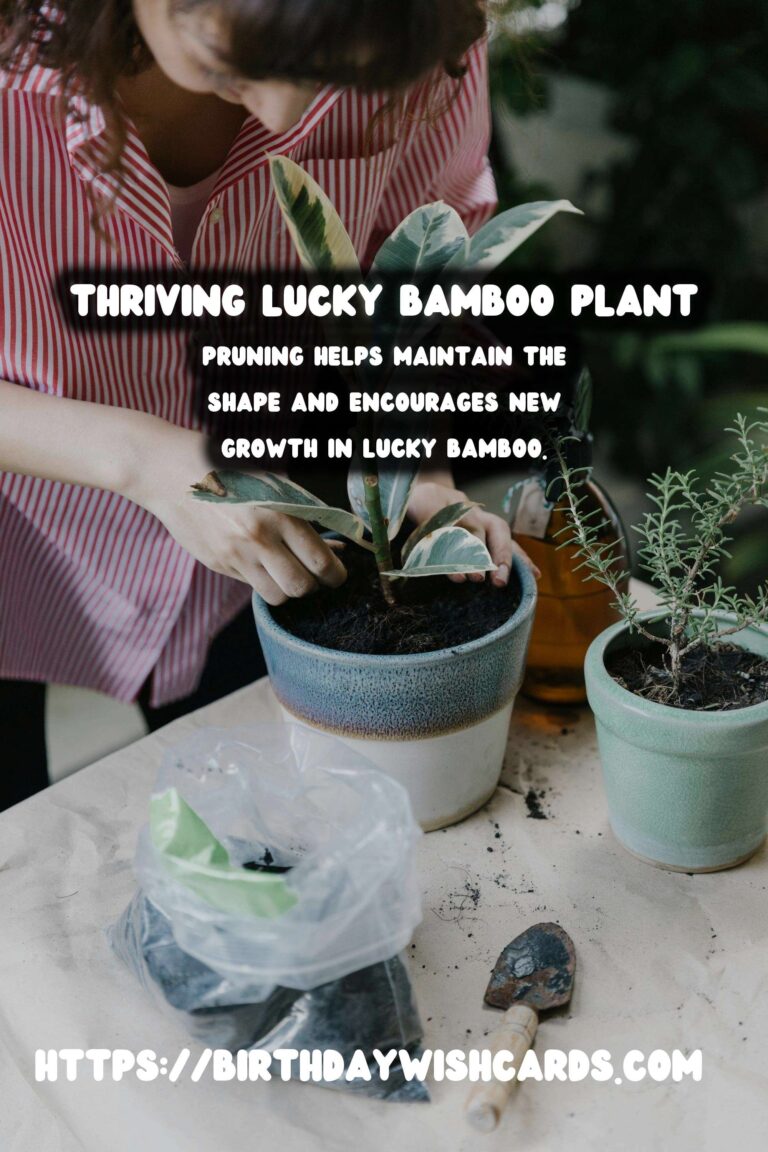


#LuckyBamboo #IndoorPlants #PlantCare #GardeningTips




